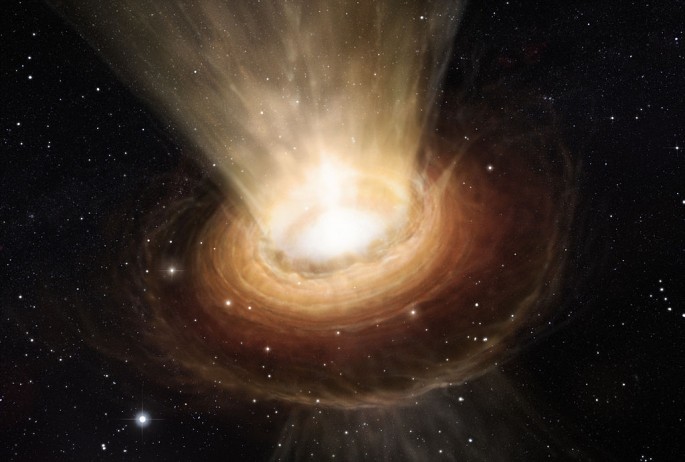A new study suggests that black holes apparently do not erase information which could also debunk the information loss paradox of black holes.
Physicists and astronomers have argued for a long time how black holes can suck in information into oblivion. Many scientists believe that black holes can act as entities that can become cosmic vaults where information evaporates without leaving any evidence of its existence.
However, this new research conducted by the University at Buffalo may prove that this theory could be incorrect.
This new study details how interactions between particles produced by black holes can reveal information about what's inside of these mysterious cosmic objects. This information can reveal the original object that lead to the formation of the black hole and the rest of the matter, energy and even stellar objects that are drawn into the black hole itself.
In addition, the research also marks a pivotal step in solving the information loss paradox that has been debated in the field of physics for decades.
Famous physicist Stephen Hawking first proposed this theory where black holes can radiate particles however this energy can evaporate over time. If the black hole disapppeared then the information in it would also be gone but this would oppose the major principles of quantum physics that all energy must be conserved.
Hawking revised this theory stating that information can apparently escape black holes but the process would still remain unclear until this new study.
The study deals with not only the particles that the black hole emits but also the interactions between the particles. Scientists reveal that it is now possible that someone who is standing outside the black hole can recover this information from inside the black hole.
This study proves that this information is retained via the correlations among the particles with each other that the black hole emits. These interactions between the particles can be anything from gravitational forces to the exchange of mediators such as photons in these particles.
This study is published in Physical Review Letters.



























